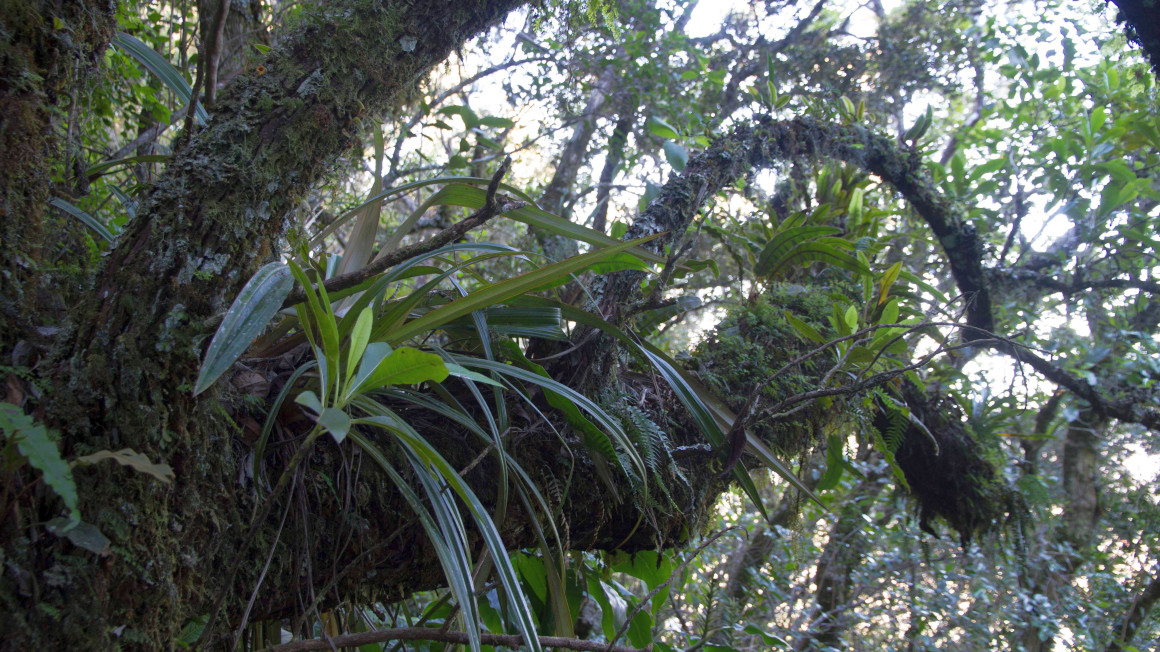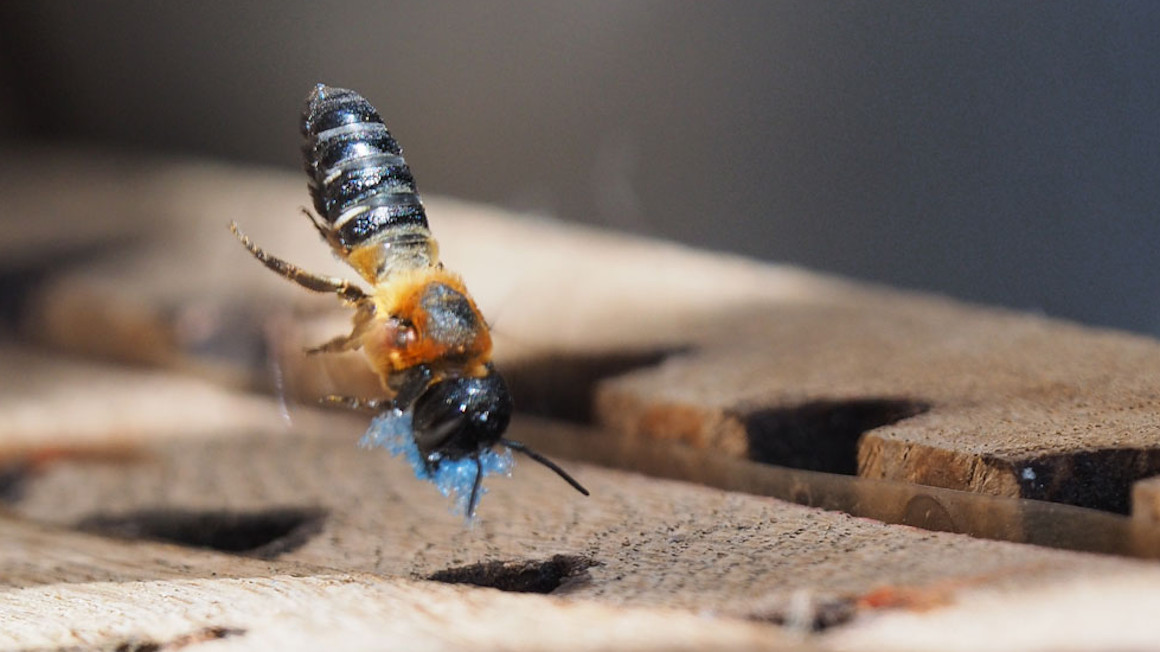Global plant diversity at a glance
Researchers reconstructed the distribution of global plant diversity and used it to create a world map showing where and how many plant species exist.

Biodiversity is the basis of our existence - but it is under threat. Worldwide, 26,500 animal and plant species face extinction. In Germany, almost one in three wild plants is affected, including the well-known medicinal plant arnica. The German government has therefore put the protection of biodiversity on the political agenda. Now, for the first time, there is a tool that provides detailed information on how many plant species there are in different regions of the world. The World Map of Plant Diversity was created by an international research team led by the University of Göttingen.
Plant diversity hotspots identified
The researchers spent ten years compiling data on the global plant world and its distribution. This resulted in a dataset containing a total of 830 regional floras and 300,000 plant species. Based on this data, the team was able to model the relationship between plant diversity and environmental conditions using machine learning and new insights into plant distribution. The models produced a map of the world that predicts how plant diversity changes along environmental gradients. At the same time, global hotspots of plant diversity can be identified.
Global plant diversity predictions
The highest plant diversity is predicted in ecologically heterogeneous tropical areas such as Central America, the Andes and Amazon, southeastern Brazil, parts of tropical Africa, Madagascar, southern China, Indochina, and the Malay Archipelago, as well as in some Mediterranean regions such as the Cape of Africa and areas around the Mediterranean Sea.
"The global predictions show in unprecedented detail and accuracy how plant diversity is distributed across our planet," says Holger Kreft of the Biodiversity, Macroecology and Biogeography Group at Göttingen University. Dr. Patrick Weigelt from the University of Göttingen adds, "Knowing where to expect a certain number of species under current conditions allows us to estimate future developments due to changes in climate and land use, as well as to identify the effects of overexploitation and introduced invasive species."
Solid base for biodiversity monitoring
With the world map, the researchers have created a solid base for large-scale biodiversity monitoring and for research into the origins of plant diversity. They created a tool to assess global biodiversity and to be able to take appropriate conservation measures to preserve plant diversity.
bb


